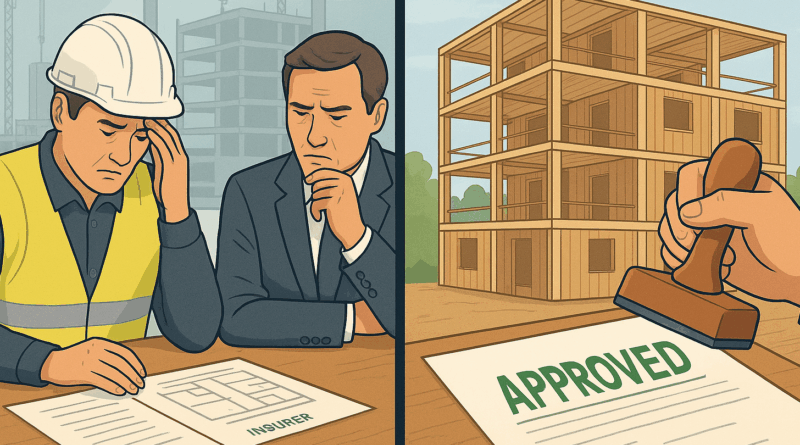Adhesives, Dowels & Veneers: The Industrial Choices Shaping Mass Timber
Mass timber has quickly become one of the most talked about building materials in the climate conversation, and for good reason. It locks away carbon from forests, displaces steel and concrete in construction, and lends itself to faster, modular assembly. But as with all industrial products, the devil is in … [continued]










